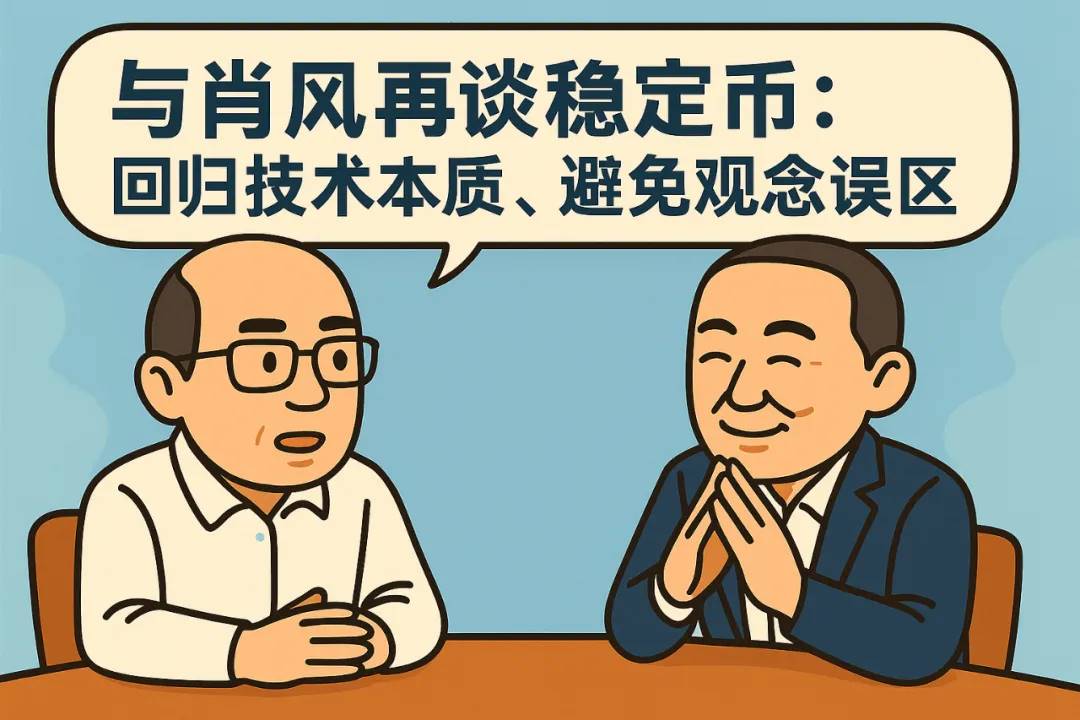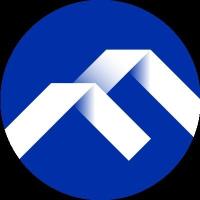Imagine the real world beneath our feet as a mainnet that has been running for hundreds of years: with stores, factories, bonds, stocks, logistics systems, and countless enterprises operating on this mainnet. However, the efficiency of this mainnet has long been overwhelmed: complicated financing procedures, expensive cross-border payments, long asset circulation cycles, and layers of intermediary commissions, reminiscent of the Ethereum era before Layer2 - congested, slow, and expensive.
Now, RWA plus stablecoins are like building a new "Layer2" expansion network for this physical economy mainnet.

1. Layer2 is About Acceleration, Not Replacement
First, what is "Layer2"? In the blockchain world, Layer2 is an acceleration layer built on top of the main chain, such as Arbitrum and Optimism, which make Ethereum transactions that were originally congested and expensive become fast and cheap.
Corresponding to the real economy, if we view the traditional financial system - including commercial banks, payment networks, trading systems, and clearing systems - as the physical economy's main chain, then "RWA+stablecoins" is its Layer2. It's not about replacing the existing system, but about enabling key actions like "asset confirmation, financing transactions, and dividend payments" to enter a new track of second-level response and global circulation without changing the main chain rules.
2. Why Call RWA+Stablecoins a "Layer2"?
Here's why, based on the following key characteristics—
First, it has anchoring
Every Layer2 transaction ultimately settles back to the main chain, and RWA is the same. Whether it's a piece of real estate, an accounts receivable, or U.S. bond income, these real-world assets are essentially still anchored to real-world legal and physical existence. You can't create them out of thin air, nor can you escape offline regulation.
So it's not a virtual game, but rather a real process of "scanning" a real-world asset onto the chain, paired with stablecoins to complete a payment, dividend, and trading closed loop.
Second, it has an independent market and new gameplay
Although RWA is anchored to mainnet assets, the on-chain gameplay is completely different. You can split a photovoltaic power station's revenue into 100,000 tokens, renting them out to different users by the hour; you can put a cold chain warehouse receipt on-chain as cross-border loan collateral; you can even convert a film IP's future box office revenue into an income-generating token and sell it to fans and investors.
This is the charm of Layer2 - it's built on the mainnet but has an independent market structure, richer asset combination methods, and more flexible financial logic. Stablecoins are the "settlement fuel" in this Layer2, enabling free asset flow, automatic income distribution, and transparent transactions throughout.
3. What Layer2 Means for Different Roles
For enterprises, "RWA+stablecoins" provide a "light asset financing" channel. You no longer need to wait 90 days, be cut by intermediaries, or be limited to local markets. As long as you have real assets, you can obtain global funding support through asset tokenization and stablecoins.
For investors, this is a revolution from "only investing in stocks and bonds" to "investing in the entire world". You can invest in power plants in the Philippines, data centers in Dubai, logistics receipts in Singapore, farmland income in Argentina - with every fund moving in and out via stablecoins, as quick as swiping a card.
For regulators, RWA puts assets on-chain and leaves data traces, while stablecoins provide a monitorable payment path. Compared to traditional underground fund pools and shadow banks, the "RWA+stablecoins" Layer2 system is actually more controllable, more transparent, and easier to audit.
4. A New Pathway: Asset "Scanner" + Fund "Accelerator"
RWA is the "scanner" of the physical economy, breaking down the value structure of traditional assets into programmable on-chain tokens; stablecoins are the "accelerator" of digital finance, enabling each fund to flow globally without intermediaries and arrive instantly. Their combination is like inserting a "liquidity chip" into the physical world, making originally static assets come alive, run, and start earning.
Imagine a scenario: a small and medium-sized port operator tokenizes the dock berth rental revenue for the next three years and lists it on an RWA platform; a group of digital investors in Singapore subscribes to these revenue tokens, with the platform automatically distributing returns to each investor's wallet via stablecoins; the entire process involves no bank intermediaries, no high transaction fees, and is fully settled on-chain. If this isn't a Layer2 for the physical economy, what is?
Conclusion: The Future Economy Isn't "Going On-Chain", But "Born on Chain"
In this model, we no longer ask "can physical assets go on-chain", but "assets grow on-chain from the moment of birth"; we no longer worry about "how to do cross-border payments", but each revenue is by default distributed via stablecoins; we no longer wait for financial infrastructure updates, but build a new financial system with "RWA+stablecoins" that is lighter, faster, and more universal.
If the past decades were about "the internet building highways for information", now it's about "stablecoins and RWA building Layer2 for value". This new pathway is quietly changing the underlying logic of global finance, and this "economic protocol upgrade" has only just begun.
Huaxia Digital Capital is a digital investment bank focused on the RWA (Real World Asset Tokenization) track, dedicated to RWA market research and education, issuance and investment incubation, RWA asset management platforms, and digital financial innovation solutions, aiming to build a bridge between real-world assets and crypto-world value.
#ARAW Always RWA Always Win! The RWA market in 2025 will quickly find its position in wild growth. Those interested in RWA and stablecoin topics can add WeChat YekaiMeta to join the discussion group.
Click to learn about BlockBeats job openings
Welcome to join the official BlockBeats community:
Telegram Subscription Group: https://t.me/theblockbeats
Telegram Discussion Group: https://t.me/BlockBeats_App
Official Twitter Account: https://twitter.com/BlockBeatsAsia







